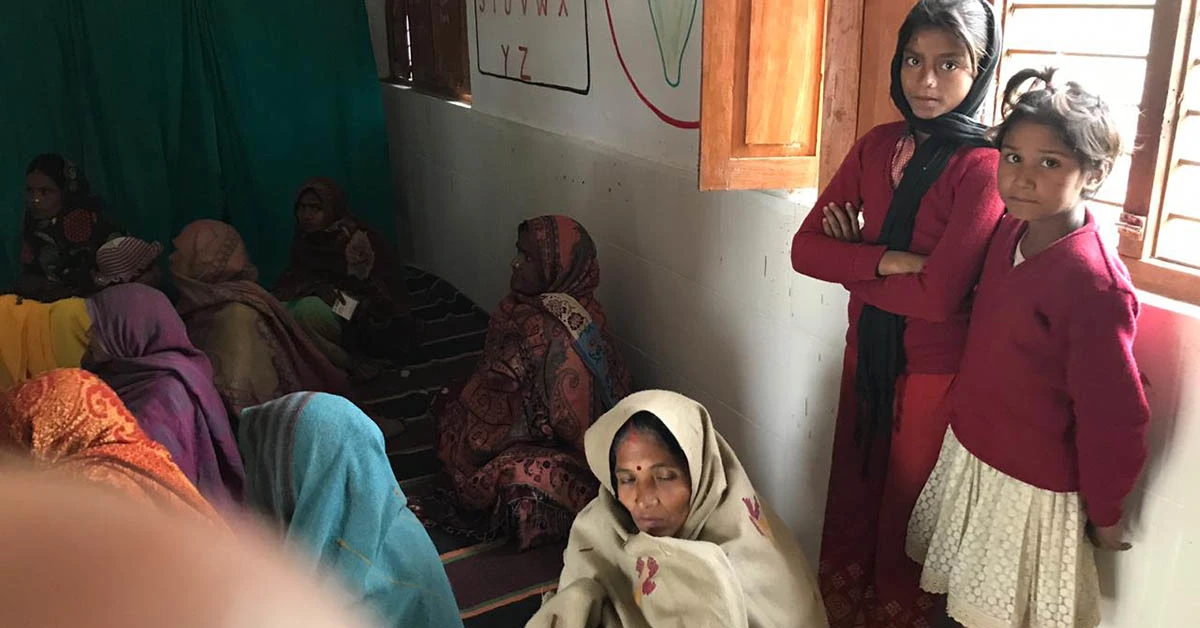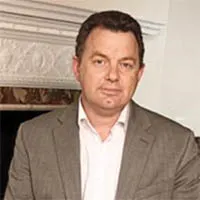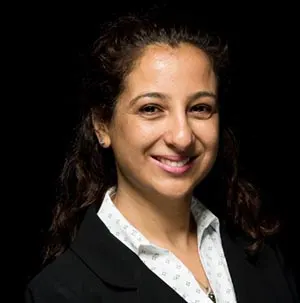Together we help mothers and children take those early first steps
2022년 3월 30일
저자: Terri Mueller

Meet the team behind Elsevier Health’s Artificial Intelligence Catalyst, which helps healthcare professionals across India give prenatal care to women
Women wait for a consultation with an auxiliary nursing midwife (ANM) at an Anganwadi – a place for providing health consultations for women and children in Indian villages. (Photo by Meera Sani Gupta, Elsevier)
Elsevier Health’s Artificial Intelligence Catalyst is an award-winning clinical decision support tool that helps healthcare professionals across India deliver prenatal care to pregnant women. It brings together a multitude of guidelines to enable healthcare workers to administer complex care solutions with confidence. In doing so, it has increased the accuracy of healthcare advice and identified high-risk pregnancies far earlier.
The team behind this tool and mobile app consists of medical and AI experts based in London and Delhi, India. Here, team members share their experiences developing the tool.
India’s frontline healthcare system faces many challenges, including extremely high child mortality rates. Each year, 8 million infants and 50,000 pregnant women die across the country.
Part of the problem is a lack of trained physicians in many of India’s remotest rural villages, where there may be just one doctor per 11,000 people. Instead, most patient care is delivered through auxiliary nursing midwives (ANMs) and accredited social health activists (ASHAs), many of whom have received little medical training.
Elsevier Health was presented with an incredible opportunity to create a tech-based solution that could help these frontline workers deliver quality, standardized prenatal care on the ground, identifying high-risk patients and ensuring that pregnant women get the support they need.
The Health Artificial Intelligence Catalyst (HAIC) project harnessed the power of artificial intelligence (AI) to screen patients, diagnose and drive adherence to standard medical treatment guidelines during active clinical decisions.
For the initial pilot project, Elsevier Health focused on maternal and child health while also incorporating common non-communicable diseases (NCDs) found among pregnant women, such as gestational diabetes and hypertension. Our colleagues blended India’s standard treatment guidelines with the practical experience of expert obstetricians, gynecologists and pediatric specialists to create the most well rounded, thorough clinical decision support solution possible.
Working in partnership with stakeholders including the Lady Hardinge Medical College, the All-India Institute of Medical Sciences and the Piramal Swasthya Medical Research Institute, the team at Elsevier created an easy-to-use mobile version of their clinical decision support system, which could be distributed to frontline healthcare workers on Android-based tablets.
Between October 2020 and April 2021, 50 healthcare workers were trained in how to use the technology, and more than 4,300 patients were screened. Ultimately, 471 high-risk pregnancies were identified, with 164 patients referred urgently for further treatment.
20 years in development
The technology was first developed by Dr Robert Dunlop and Dr Angela Dunlop, who have spent more than 20 years perfecting the AI system — Arezzo — that sits at the heart of the HAIC project. This declarative AI system is able to mirror the way medical experts think by pulling together many different pieces of information to create treatment recommendations tailored for a single patient.

Robert Dunlop, PhD
Robert and Angela were part of a company called InferMED, which was acquired by Elsevier in 2015, after which they continued to develop and refine the AI technology while beginning to explore potential applications for the system across India.
Robert, now Clinical Director of Elsevier Clinical Solutions, explains how the HAIC project first began:
The UK and Indian governments met during a Commonwealth Heads of Government meeting in 2019, and then Prime Minister Theresa May agreed (to provide) funding to showcase the capabilities of the AI technology being developed in the UK. From there, we were able to work with our partners to coordinate a group of medical experts, access the relevant Indian standard treatment guidelines, and transform those into computer-interpretable guidelines.
Robert says he’s most proud of the impact the HAIC project has had on the ASHAs and ANMs who took part:
Many of these women reported that our technology helped them to remember all the things they needed to remind a pregnant woman about, as well as identifying those at higher risk. The HAIC has helped to break all sorts of barriers that previously existed in these situations.
This technology is absolutely cutting edge and an example of how Elsevier Health has moved from being a publishing company that provides information for people to read, into a company providing personalized information that allows people to ‘do’. That’s the crucial difference — we’re able to have a quantifiable impact on patient care.
A team of experts
Dr Shanker Kaul, Elsevier India’s Managing Director, has been helping to facilitate the HAIC project since it was first conceived:
We saw this as an opportunity to do something different and leave a positive mark on society. My role was to provide people with access to the right resources and funding, but that was the easy job. The others on the team were the real stars.

Shanker Kaul, MD
Shanker believes that the wide range of experience and technical knowledge across the Elsevier team is a large part of why the pilot proved so successful:
We have commercial experts who are also trained physicians, and (we have) doctors sitting in London who are passionate about harnessing the power of AI-based clinical decision solutions.
That’s what we can do at Elsevier Health. We’re an information analytics company that makes knowledge actionable on the ground — it’s our passion for building sustainable healthcare that helps us to address and solve these big problems.
One of the biggest challenges to hit the pilot was COVID-19. The pandemic hit just as field testing was due to begin, and India was one of the first countries to enter lockdown. Despite the restrictions, the project continued virtually, with Robert and Angela Dunlop hosting virtual training sessions from London. Shanker says:
It’s only due to our resilient team that we were able to deliver the project. These are the people who help epitomize what Elsevier is about. It was a bold bet, but we were confident that we could do it.
With product, commercial and technology experts spread across India and London, Meera Saini Gupta joined the team as a Senior Product Sales Manager to oversee the team and bring everything together. As Shanker explains:
Meera coordinated this giant and very complex project, and I saw the determination of the team to succeed no matter what it takes at every level.

Meera Saini Gupta
We were also greatly supported by the leadership at Elsevier. They allow us to innovate and create solutions that will have a positive societal impact, and that has become one of the strategic pillars of the company. This was an amazing opportunity to showcase what technology can do to advance sustainable healthcare.
Taking the next steps
Hema Jagota, Country Director for Clinical Solutions at Elsevier, joined the team just before field testing began and was heavily involved in helping to pivot the project and its methodology to continue virtually after Covid-19 restrictions hit. She had her doubts at first, she recalls:
Initially I was skeptical because India’s primary healthcare environment is heavily paper driven, and rolling out an AI solution to people who may not be digitally savvy was a tough challenge, but when I met the team, I could see how committed they were.
Once I saw that commitment and looked at the time being invested in the project, it seemed much more achievable. I come from a tech background, so this opportunity to work on solutions that combine the latest evidence with the latest technologies is what really excited me to join the project.
With the pilot project complete, the team is now exploring how the system can be rolled out across a much wider geographical area, with Hema spearheading these efforts.
Elsevier has already signed a 5-year agreement with Gramin Healthcare, India’s premier rural healthcare provider, to begin rolling out the solution across their healthcare delivery centers. As Hema explains:
We’ve also got a dedicated content team developing pathways for non-communicable diseases and augmenting the product for different market channels. Post-COVID, we’re seeing a strong interest not just in digital health solutions but in this unique combination of evidence-based content combined with technology, which is where Elsevier has a core competence.
기여자

